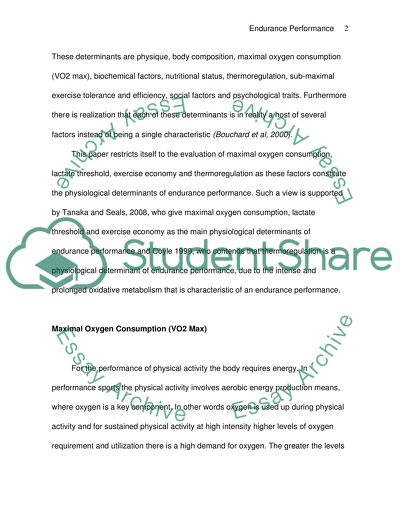Cite this document
(“Discuss the physiological determinants of Endurance Performance Essay”, n.d.)
Retrieved from https://studentshare.org/miscellaneous/1553412-discuss-the-physiological-determinants-of-endurance-performance
Retrieved from https://studentshare.org/miscellaneous/1553412-discuss-the-physiological-determinants-of-endurance-performance
(Discuss the Physiological Determinants of Endurance Performance Essay)
https://studentshare.org/miscellaneous/1553412-discuss-the-physiological-determinants-of-endurance-performance.
https://studentshare.org/miscellaneous/1553412-discuss-the-physiological-determinants-of-endurance-performance.
“Discuss the Physiological Determinants of Endurance Performance Essay”, n.d. https://studentshare.org/miscellaneous/1553412-discuss-the-physiological-determinants-of-endurance-performance.


